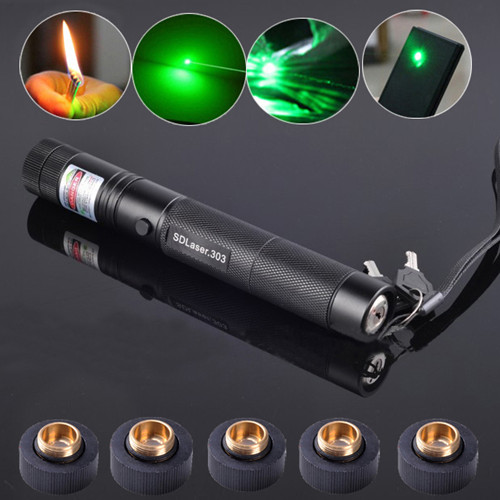The most important link in laser processing equipment is to have a suitable light source, and this light source can be provided. The company is headquartered in the United States and has R&D and manufacturing centers in Germany, Italy, and Russia. At present, there are four offices and application centers in China, which are mainly responsible for the development of new applications and conceptual applications, and are responsible for after-sales issues (including remote and on-site support) throughout Greater China.
The four application laboratories are located in Beijing, Shanghai, Shenzhen and Wuhan. According to their functions, Wuhan mainly focuses on high-power cutting, and Shenzhen and Shanghai mainly focus on welding and precision machining. The main business is concentrated in the field of material processing, including: automotive, aerospace, heavy industry, semiconductor and medical, and the products are divided from two dimensions. In terms of wavelength, there are a series of products ranging from infrared, green, blue and ultraviolet. In terms of pulse width, from femtosecond, picosecond, nanosecond to continuous light, there are also corresponding products. The entire product line has more than 500 products, so it can cover almost all material processing applications.
In the infrared wavelength, take this 150WQCW quasi-continuous laser pointer as an example, it can work in both pulse and continuous modes. Moreover, the average power of this laser is 150W, and the peak power can reach 1500W in pulse mode, which has great advantages in welding and cutting. The pulse width adjustment range of this product covers 3μs (microseconds) to 50ms (milliseconds). In addition, it has good photoelectric conversion efficiency and beam quality.
Lasers are widely used in precision welding in the 3C industry. They can be used for low-speed and low-duty-cycle spot welding, high-speed and high-aspect-ratio continuous micro-keyhole welding, welding of the same and dissimilar materials, and copper overlap spiral welding. , Aluminum lap zigzag welding, phosphor bronze welding, copper and aluminum welding, etc. Production line debugging requires very high energy and power stability of the laser, and the feedback from a large number of end customers is very good.
The application of fiber laser in 3C electronics industry. For ceramic drilling, we can control the taper of ceramics of different thicknesses very well. Taking 100μm alumina drilling as an example, the inlet can be 33μm and the outlet can be about 22μm. Scribing (blind holes) and cutting of ceramics, sapphire, diamond, and copper flakes can also be realized with green laser pointer, and the cutting effect and speed are very impressive.
